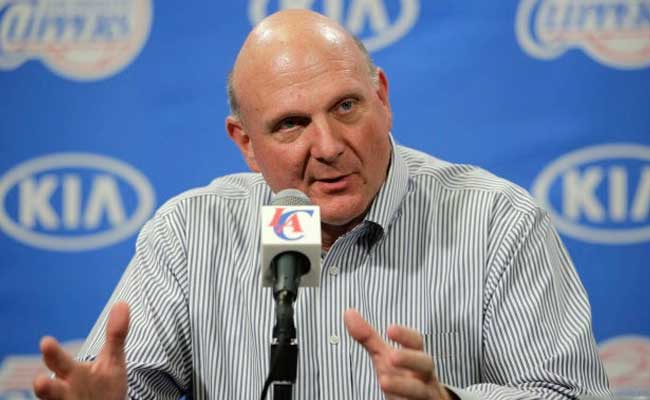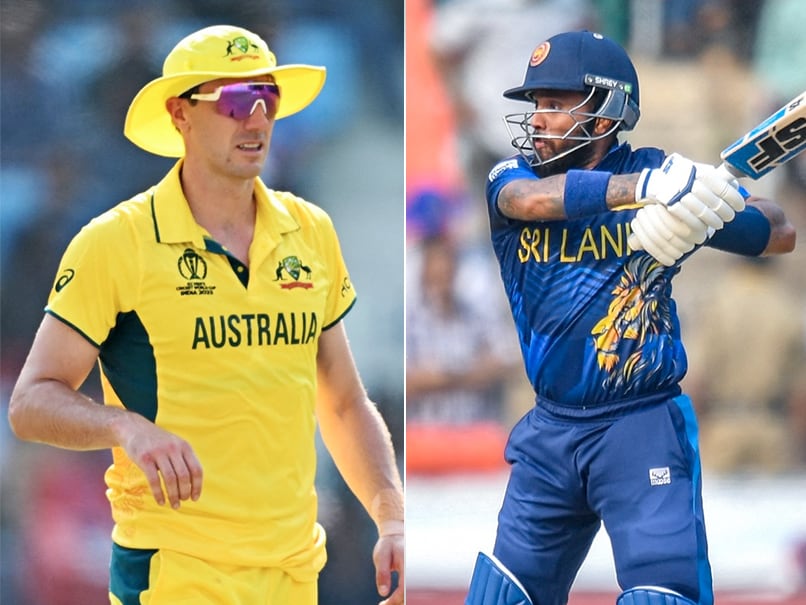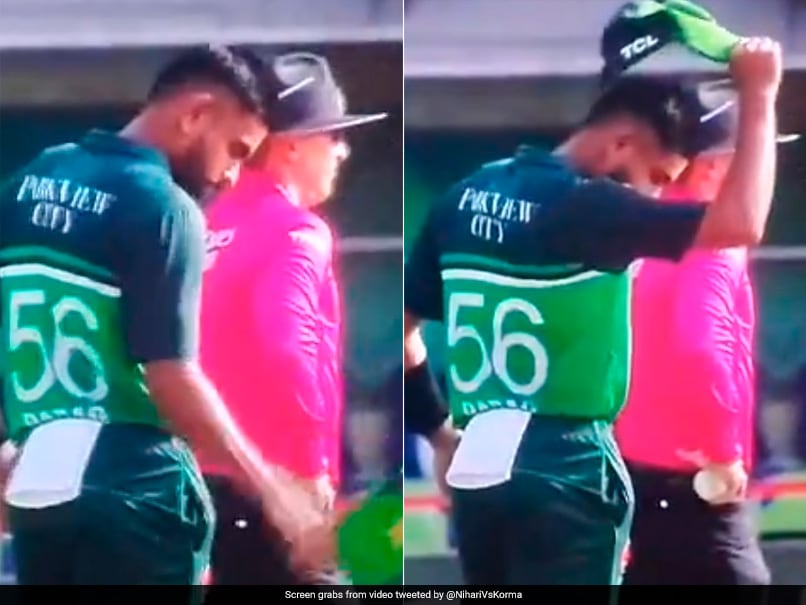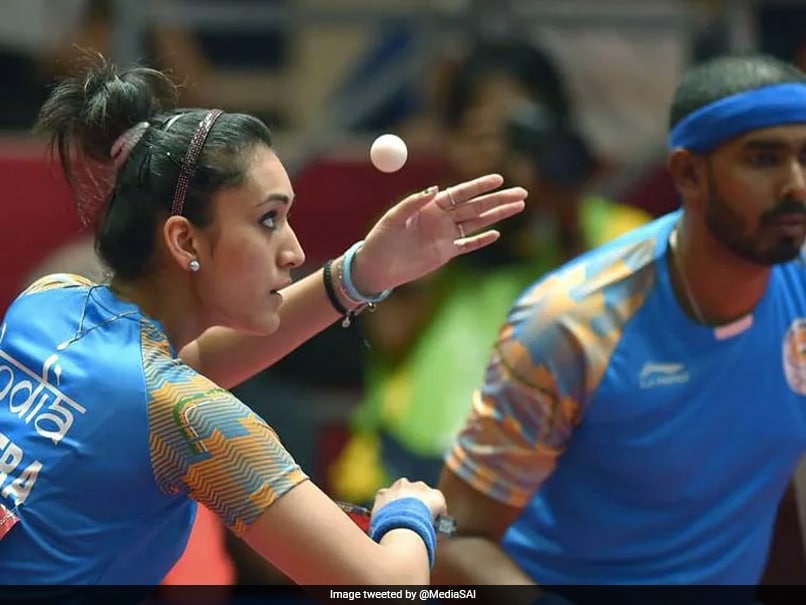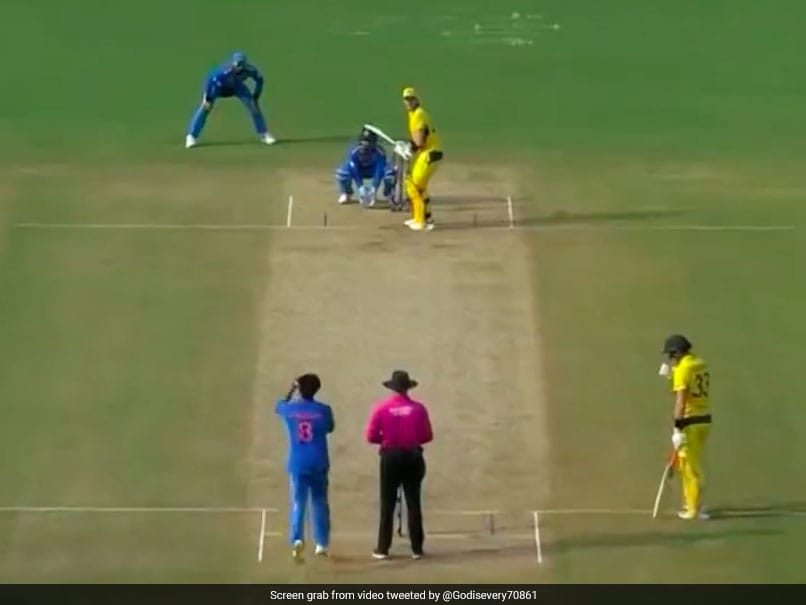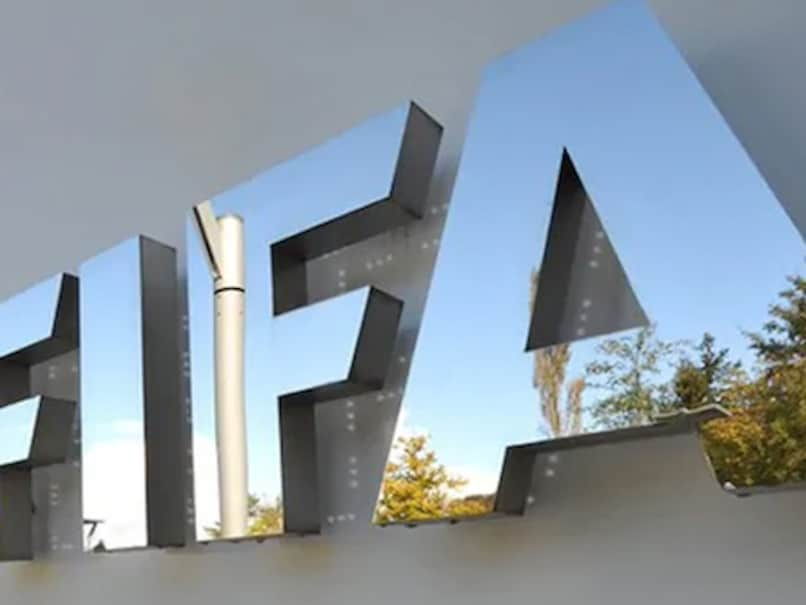M.A. Chidambaram whose name was given to the M.A.C. stadium at Chepauk in Chennai
| Photo Credit: Special Arrangement
Last week, I was at Chepauk for a delightful evening of cricket — Pakistan vs South Africa. The weather was warm but not blazing hot and what was more, the sea breeze set in early and flowed regularly through the stadium. That bit of improvement was done a decade or so ago but I could not help reflecting that had it not been for one man’s drive and vision, this stadium itself would have never materialised. And that was M.A. Chidambaram.
The third son of Raja Sir Annamalai Chettiar was an industrialist and philanthropist and once Mayor of Madras, but sport was his passion. He is best remembered for his contribution to horse racing and cricket. MAC, as he was known to friends, became the president of the Madras Cricket Association at a crucial time. The 30-year lease of Chepauk, held by the Madras Cricket Club, was coming to an end in 1966 and it was up to him to make sure that the government made the MCA and not the MCC the lessee in future. This was logical, for the MCA represented the cricketing interests of clubs right across what was then Madras State, while the MCC was a private body with a limited membership. It was MAC’s influence, together with the tough negotiating skills of A.M.M. Arunachalam, then president of the MCC, that ensured matters came to a satisfactory conclusion. The MCA was given the lease of the grounds and permission to build a stadium, while the MCC also remained, occupying two acres of the leased land, with right to use the ground and also view the matches, when played, from its clubhouse.
Chepauk historically had no permanent structure, for temporary stands of casuarina, planks and rope would be put up each time there was a match. This worked well in the old days, but by the late 1960s, the demand for a stadium had gained ground. For almost a decade, Chepauk was abandoned for tournaments, action shifting to the Corporation Stadium. It was left to Chidambaram to bring it back.
A mammoth sum
However, the construction of the stadium was easier said than done. Budgets at the end of the 1960s came to ₹1.75 crore, a mammoth sum for a time when cricket associations had hardly any money. The MCA by then had changed its name to TNCA, in keeping with the State’s name change. But MAC continued nevertheless as president. The foundation for the new structure was laid in 1971 by the then Chief Minister, M. Karunanidhi, and the government gave a donation of ₹15 lakh. MAC gave a matching personal donation. He also managed to get the Madras Race Club to donate ₹5.00 lakh. But the balance was a staggering ₹1.40 crore that would never have been bridged had not MAC decided to approach the banks for a loan. As security, he gave his personal guarantee. With that work began and concluded in stages in 1981 or so.
The TNCA, in recognition of MAC’s services, was keen to name the stadium after him. But he would have none of it. He held out for five years and then, in 1986, while he was abroad, the TNCA held a meeting and decided on christening the structure as the M.A. Chidambaram Stadium. He gave in with good grace but also ensured gates were named after sports veterans A.G. Ram Singh and M.J. Gopalan, and also his trusted lieutenant and cricket administrator M. Sriraman. And so M.A. Chidambaram Stadium it remains, recognising the man who made it reality.
(V. Sriram is a writer and historian)



